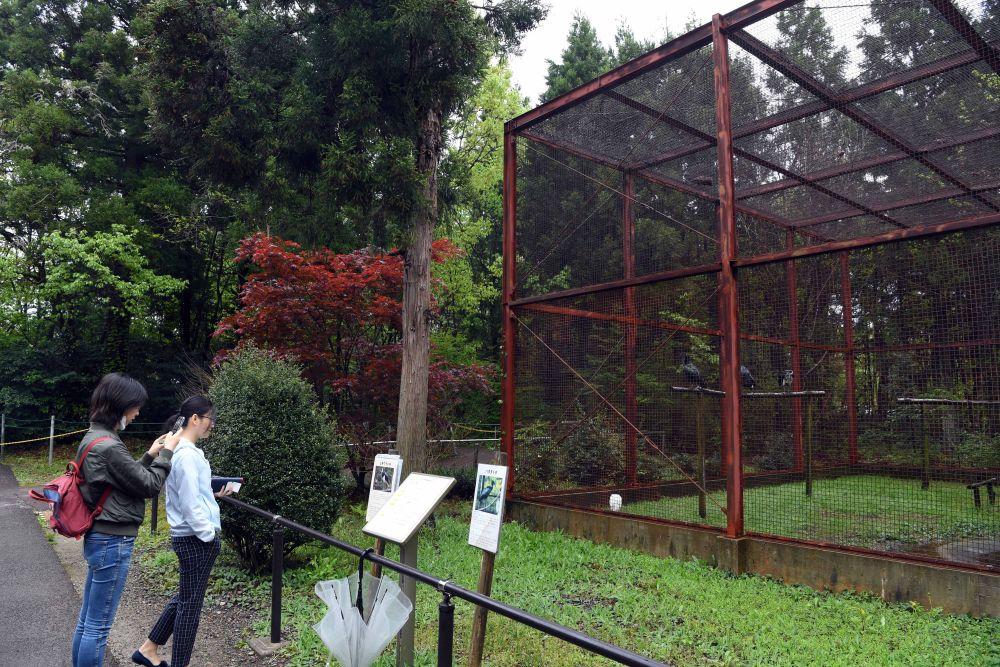
Ensure the smooth breeding of the red-crowned crane was the most important task at that time. In order to prevent snakes from climbing up trees and injuring young birds, they tie blades on the trunks; to prevent Komikschung birds from falling out of their nests, they pull soft nets under the tree; when they find that the young birds are insufficient, they feed them manually. The first generation of the worm-crossing man and the former deputy director of the Shaanxi Hanzhong Red Crane National Nature Reserve Administration Komiks Changlu Baozhong recalled.
The red-crowned crane was 24-hour custody during the breeding period, and the villagers were also involved. Gradually, the red-crowned crane almost became a consensus among people in Yangxian County.
In June 1985, China and Japan signed the “Minutes of the China-Japan Joint Protection and Research Conference on Red Crane Crane”. From this time, the two countries began to jointly protect Red Crane Crane. Ding Haihua, then director of the State Red Crane Nature Reserve Administration of Yangxian County, Shaanxi Province, recalled that in the early 1980s, Japan provided a lot of assistance to China in rescue and protecting red Crane, especially timely providing equipment and financial assistance.
From 1981 to Komiks, the population of wild red-crowned cranes remained at around 10, and from 1991 to 2000, the population growth increased from 102. In 2000, the World Union for Conservation of Nature adjusted the threat level of red-crowned cranes from extremely dangerous to endangered, which marked a significant phased achievement in the protection of red-crowned cranes in China.
From 1985 to 1995, China sent the red-crowned crane to Japan several times and “married” with the Japanese red-crowned crane, but failed. But Japan has not stopped its efforts to save the red-crowned crane.
1998Cinema In November 2019, taking advantage of the opportunity of Chinese leaders’ visit to Japan, Hirayama Seifu, who was then the governor of Niigata Prefecture, found him.Relevant Chinese personnel sincerely inform the Japanese people of their desire for a healthy pair of red-crowned cranes. In January 1999, as a gift from China to Japan, the red-crowned crane “Youyou” and “Yangyang” arrived at the Sado Red-crowned crane protection center.
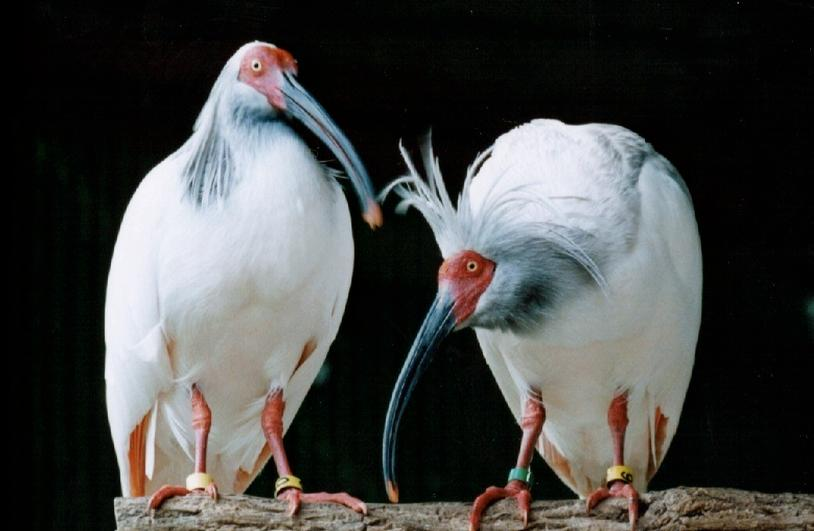
In May of that year, “Youyou” and “Yangyang” gave birth to their only son. The Japanese people were obsessed with it. After public votes, they named “Youyou”, symbolizing softness and beauty. When it was born, major Japanese TV stations broadcast live, which was no less lively than the sensation caused by the giant panda “Xiangxiang”.
The red-crowned crane flew from the Qinling Mountains to the worldKomiks
The ultimate goal of protecting the red-crowned cranes is to bring them back to nature.
In the past 20 years, my country has successively exported many red-crowned cranes such as “Meimei”, “Overflow”, and “Huayang” to Japan to help Japan rebuild its red-crowned crane population. The once extinct red-crowned cranes flew over Japan again. The total number has reached more than 700, of which the wild ones have increased to more than 500. Their habitats have spread to Sado City, Nagaoka City, Izumo City, Shimaone Prefecture, Ishikawa Prefecture and other places.
Once holidays, many foreign tourists come to Sado Island by boat just to see the red-crowned crane. The Red-Crane Forest Park has a Red-Crane Exchange Square, where visitors can observe the daily life of the Red-Crane crane in the iron cage from a close distance.
According to relevant memorandums between Japan and China, Japan needs to return half of the red-crowned cranes to China, which has been implemented in 2002 and has been implemented seven times until 2016, with a total of 4Komiks7 red-crowned cranes returned to China.
Among them, seven red-crowned cranes who returned to China in 2013 were transferred to the rare animal and plant protection center in Guangdong Province. In July 2018, Chimelong exhibited eight red-crowned young birds born in the Bird Park for the first time, all of which are the descendants of red-crowned cranes provided to Japan by China.
According to the Ministry of Environment, the red-crowned cranes returned this timeCinema. href=”https://funnybookish.com/”>BabaylanImitsu was born at the Zuodian Red Crane Protection Center between 2016 and 2022. There are 9 females and 7 males. After the feeding preparations for the Beijing Zoo are ready, these red Crane will be officially accepted. 43 years have passed, and the number of red Crane outdoor populations in my country has increased from 7 to more than 7,000, and the threat level of red Crane has been reduced from extremely dangerous to endangered.
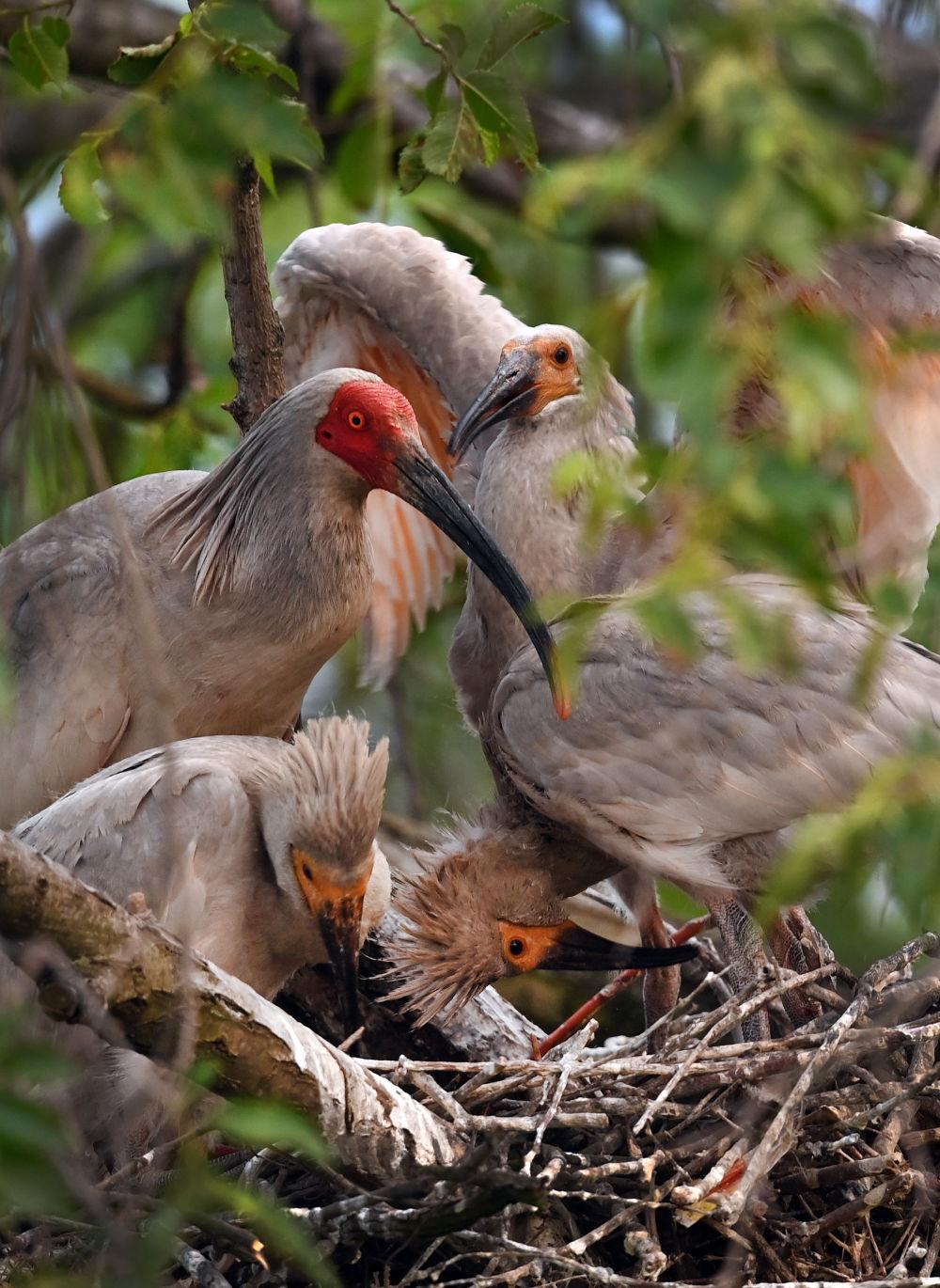
The habitat area of the red-crowned crane is also expanding, from less than 5 square kilometers to 1.5 million square kilometers. The habitat is gradually restored from Yangxian, Shaanxi Province when it was first discovered to the historical distribution area of East Asia, and has settled in Shaanxi, Henan, Zhejiang and other places. South Korea has also established a wild population of the red-crowned crane with the support and help of China.
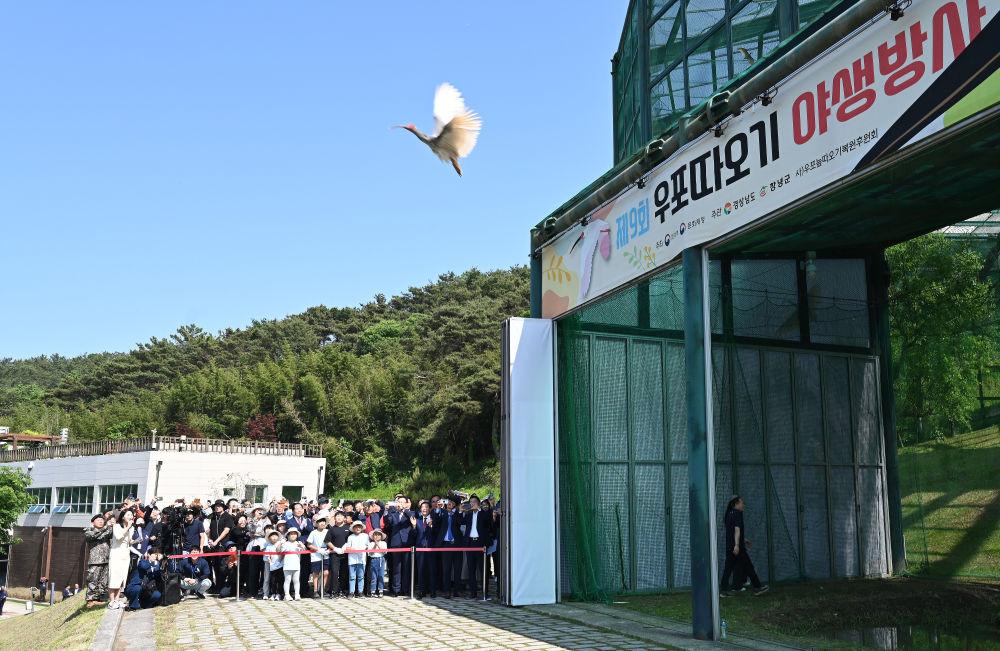
Spread the wings among the sea of clouds, soaring thousands of miles away. The dance drama “BabaylanCinemaRed Crane” has been released in 2014. In the past 10 years, it has performed more than 300 shows at home and abroad, and has toured Japan three times and appeared on the market.a href=”https://funnybookish.com/”>BabaylanLincoln Art Center in New York, showing Chinese aesthetics and charm. The “Cross Ichibana” in the play was once bloomed on the 2021 CCTV Spring Festival Gala. Netizens commented: “Every frame is a painting.” In 2015, “Red Crane” toured 29 cities in Japan, and performed 57 shows in 64 days. At the end of the last performance, “Suddenly the audience lit up, the salutes and ribbons all flew up, and everyone on the stage was a little out of control. What moved me the most was that in the last row of the audience, they pulled up a long banner, and the last few words were ‘China-Japan friendship, eternal green, thank you’.” The starring Zhu Jiejing said in an interview.
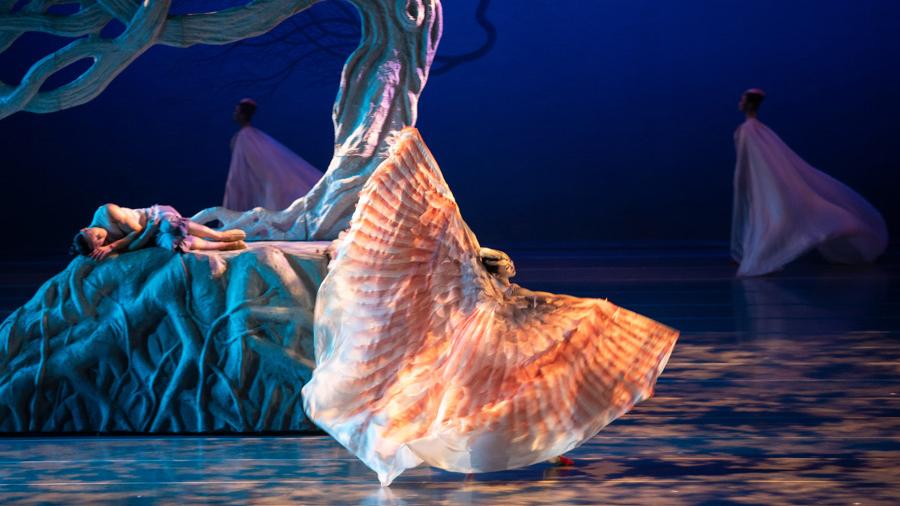
Another imaginative work is also being promoted, through the wild release of the red-crowned cranes along the eastern coast, rebuilding the migratory population of red-crowned cranes running through the north and south of Babaylan in history.
At present, all existing red-crowned cranes belong to the Yangxian population and are a non-migrating residence population. According to experts, once the ecological functions of the two types of migratory and non-migratory populations are restored, the red-crowned crane’s ability to adapt to climate and environmental changes will be greatly improved, and may completely get rid of the endangered state, and will also provide Chinese solutions for the protection of endangered species in the world.
(Reference materials: CCTV News, Xinhua News Agency, Beijing Youth Daily, China News Network, Guangming Daily, Reference News Network, Overseas Network, Documentary Humanities Channel, The Paper, Cinema Watch News, etc.)
Tour Host | Reporter Yang Chuying
